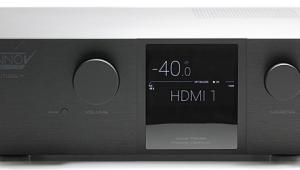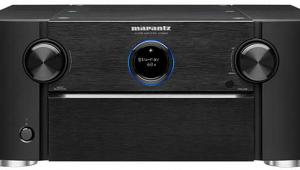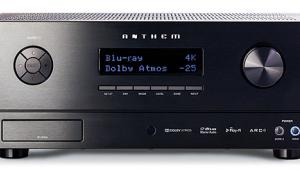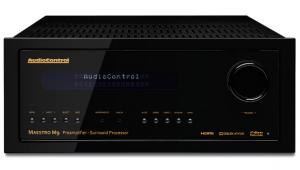I have reread the review for this (Cinema 12) several times now and I still can't get over the fact that it was awarded a Top Pick.
To just gloss over the (buggy/broke) automated setup problems in this unit and give it a Top Pick is ridiculous.
If I bought a preamp that costs 4k I would hope there was a working automated setup.
If I remember correctly there was an Onkyo receiver reviewed in the same issue (that the Cary was) that had some video decoding issues that were fixed by a firmware update. It sounded like the reviewer would have not have given a Top Pick without the firmware update, and rightly so!
So why the Top Pick on the Cary when it is obviously flawed? Stellar sound quality just does not erase the fact that the Cary was not ready for review.
Lets not even get into the meager HDMI inputs......




 The manual setup can be as perfect as you want it to be, and it is very easy to do. As is often the case, you may have to fine-tune the subwoofer level by ear after ideally setting the channel levels with an inexpensive RadioShack sound pressure meter, which in my case resulted in bass that was at least 6 decibels too hot. Speaker distances can only be specified to the nearest foot, not nearest inch or half-foot, which seems a little coarse, but shouldn’t be readily audible. Crossover frequencies can be selected not only per speaker pairing (front, surround, etc.), but per speaker (front left versus front right), a fairly useless feature and one I probably wouldn’t even have noticed if the automated setup worked. There are 10 EQ bands from 80 hertz to 16 kilohertz for all channels except the subwoofer (which has its own 10 bands from 20 Hz to 125 Hz). If a dealer is going to perform a professional setup, there is certainly enough control to fine-tune many rooms.
The manual setup can be as perfect as you want it to be, and it is very easy to do. As is often the case, you may have to fine-tune the subwoofer level by ear after ideally setting the channel levels with an inexpensive RadioShack sound pressure meter, which in my case resulted in bass that was at least 6 decibels too hot. Speaker distances can only be specified to the nearest foot, not nearest inch or half-foot, which seems a little coarse, but shouldn’t be readily audible. Crossover frequencies can be selected not only per speaker pairing (front, surround, etc.), but per speaker (front left versus front right), a fairly useless feature and one I probably wouldn’t even have noticed if the automated setup worked. There are 10 EQ bands from 80 hertz to 16 kilohertz for all channels except the subwoofer (which has its own 10 bands from 20 Hz to 125 Hz). If a dealer is going to perform a professional setup, there is certainly enough control to fine-tune many rooms.






























































